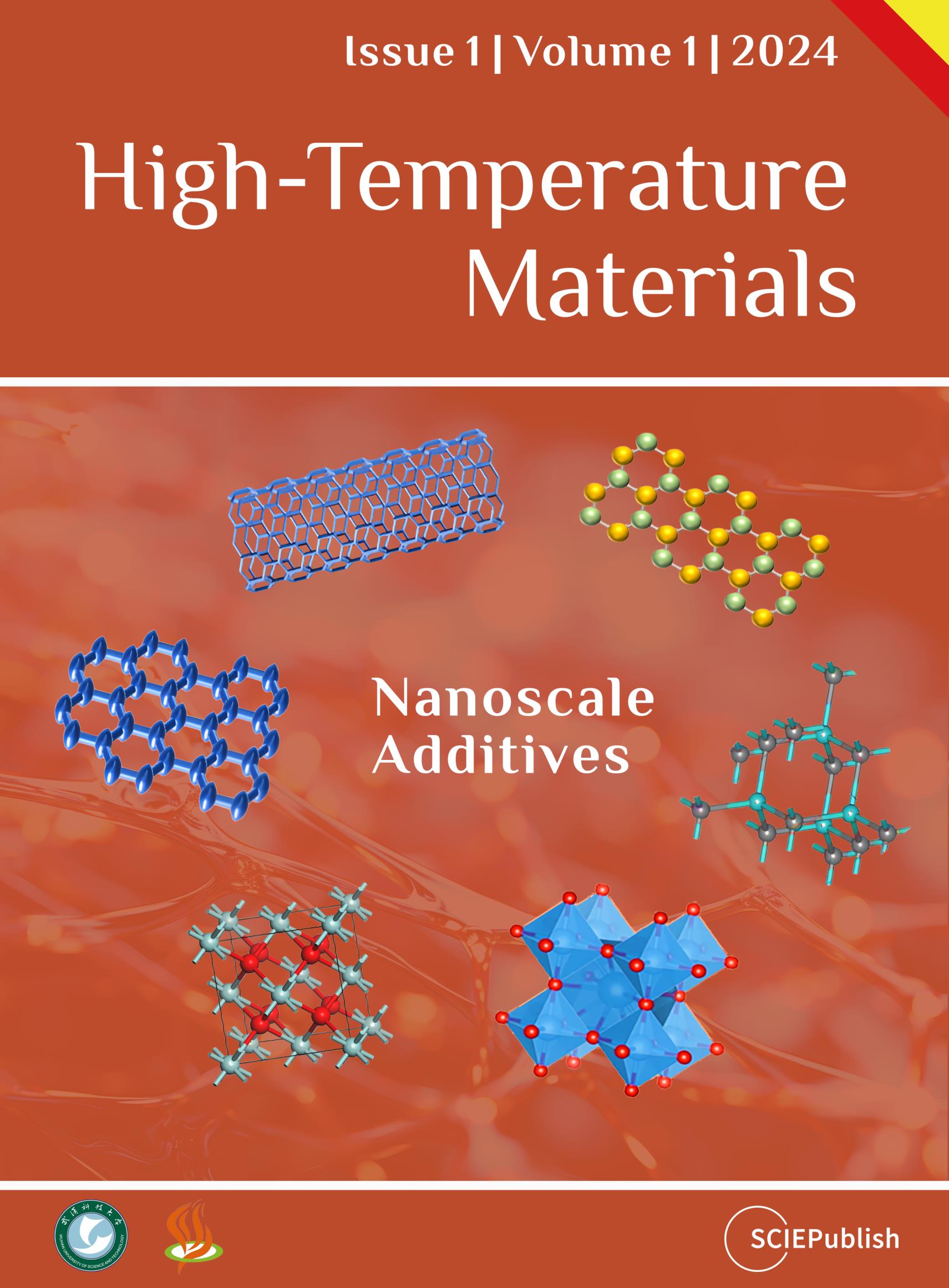High-temperature materials are the essential materials for energy generation, aerospace, metallurgy, chemistry, the production of inorganic materials (cement, glass, ceramic, etc.), and other process industries [
1]. The advancements in high-temperature processing methods that use cutting-edge high-temperature materials are frequently associated with gains in production efficiency, energetic efficiency, and product performance in the aforementioned industries [
2]. Therefore, the properties and performance of materials that withstand high temperatures play an important role in the social development.
The rapid growth in global population and economic development has brought us to the crossroads of long-term sustainability and major risk of irreversible changes in the ecosystem. With the signing of the Paris Agreement, energy-efficient, green, and eco-friendly technologies and systems are critical for future growth and sustainable development. High-temperature industries (metallurgy, cement, glass, ceramic, chemical engineering, power, etc.) are among the most demanding users since they require massive amounts of energy throughout production. Advanced high-temperature technologies and materials are crucial to addressing the social concerns listed above. Furthermore, increasing production efficiency and product performance necessitates the development of innovative high-temperature materials with extended service lives and outstanding service functions [
3].
To provide a forum for researchers to exchange research findings in the field of high-temperature materials, we decide to launch the journal “
High-Temperature Materials” in 2023. “
High-Temperature Materials” is a peer-reviewed and open-access journal publishing original, high-quality research on all aspects of materials related to high-temperature processing in science and technology, as well as high-temperature applications in the energy generation, aerospace, metallurgy, chemical and other process industries. Original articles, reviews, communications, and perspectives are all welcome. The journal scope includes, but is no limited to: high-temperature ceramics, refractory materials, metallic materials, inorganic functional materials, metallurgical processes, and high-temperature service behavior.
We hope that we can take this journal as an opportunity to work together to enhance global innovation and integration capabilities, build a global scientific and technological innovation community, promote the development of high-temperature materials, and contribute more scientific solutions to global development.
The authors declare no conflicts of interest.
